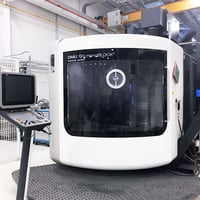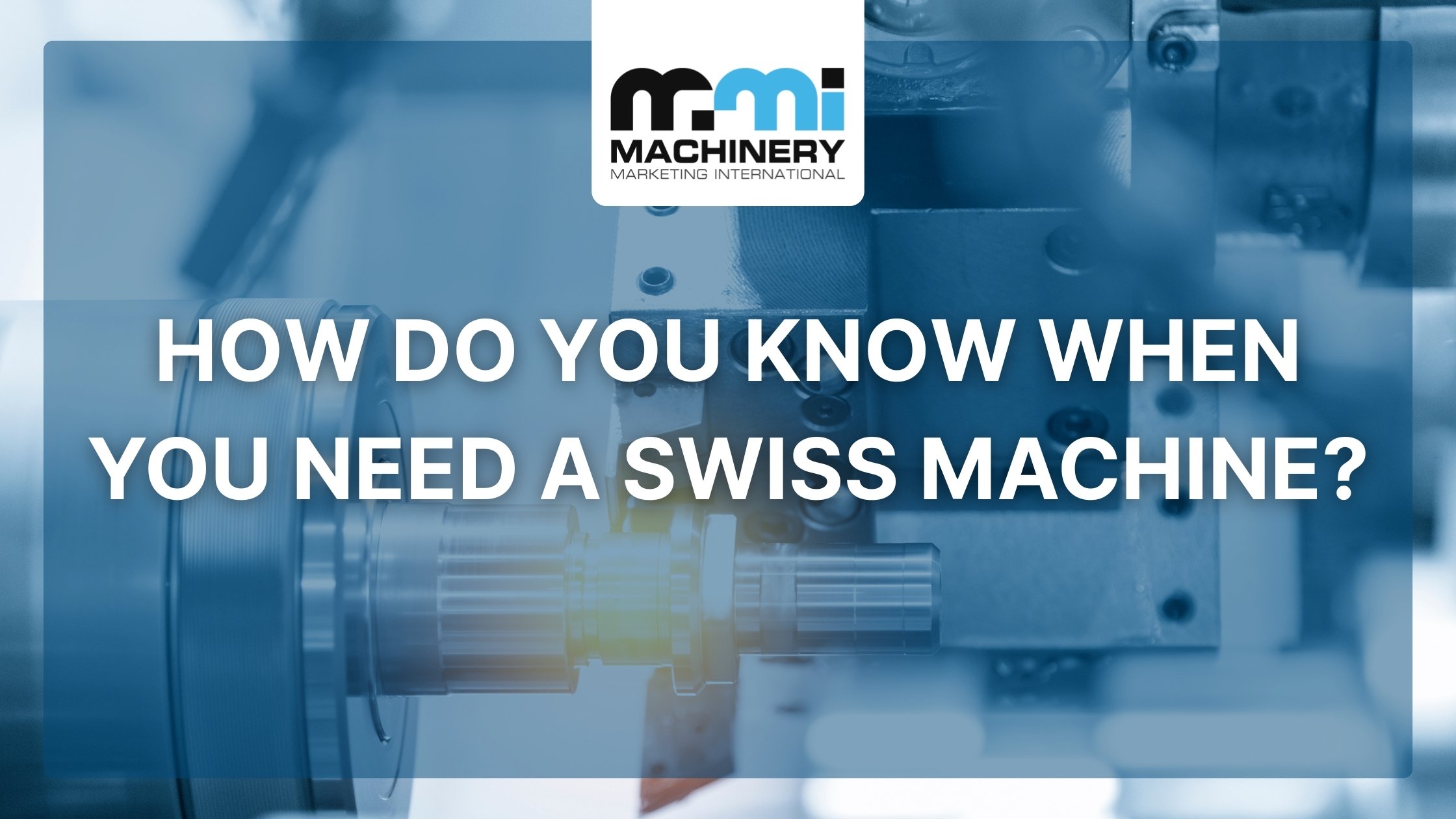
Not long ago, owning even a single 5 Axis CNC machine was a luxury only afforded to large corporate plants. However, as both hardware and software improve, and more of those initial 5 Axis mills enter the pre-owned market, smaller shops are beginning to branch out into this more precise style of machining. If it looks like it may be time for a new addition to your shop floor and a 5 Axis is on your shortlist, here are some must-know details about 5 Axis CNCs.
Versatility
The biggest draw of the 5 Axis, obviously, is the versatility. The two extra axes of rotation allow for some crazy precise builds that would take dozens of man hours across multiple machines otherwise. Here’s a video of an intricate motorcycle helmet being made entirely on a Mazak 5 Axis—notice how the mill’s free rotation allows for incredibly precise cuts. https://youtu.be/8FGpvWqLK-s
With this extra versatility, you’ll not only be able to take on projects your shop couldn’t handle before, but you’ll be able to finish many projects much more efficiently on account of the sheer number of tasks that can be done on a single machine.
Saving Money?
It’s easy to think that a 5 Axis is only worth it if you’re going to be making highly intricate parts, but that couldn’t be further from the truth. While they are certainly a fair bit pricier than their 3 Axis counterparts, a 5 Axis may just end up paying for itself in the money it saves you.
Obviously the aforementioned efficiency can shave valuable hours off of each job, there are some more unintuitive benefits as well. That efficiency also results in less setups, extending the average tool life significantly. The design of a 5 Axis machine also allows the machine head to be closer to the surface of the cutter, reducing vibration and extending tool life further.
Whether or not the money saved from this will be enough to justify the large cost upfront is going to vary based on the individual shop and the types of jobs you frequently take on, but it’s important to be aware of it when weighing your options.
Rarity
One last thing to keep in mind is that despite seeing steady growth in popularity, 5 Axis CNCs are still a relative rarity among smaller machine shops at the moment. This can work both for and against you.
On the con side, this means that you may be less likely to find machinists who are already familiar with operating and coding for a 5 Axis mill, at least when compared to more common CNCs like lathes and VMCs. On the plus side though, they’re not too difficult to learn, and many CAM systems can now automatically convert 3-axis toolpaths into 5 Axis toolpaths, easing the burden of transition.
On the plus side though, adding a 5 Axis to your roster might just give you the leg up on your competition that you need. Because of their relative rarity, parts which require or greatly benefit from the use of a 5 Axis to machine are in great demand, especially in lucrative and specialized industries like energy and aerospace.
Should You Buy a 5 Axis?
Ultimately, that comes from the needs of your business and the resources available to you. If you’re running a small shop with a steady supply of business, you may be better off sticking to a classic vertical or horizontal machining and saving yourself some cash. If you’re ready to make a long term investment with the potential to bring your plant next level though, buying your first 5 Axis may just be the right choice for you.
Used 5 Axis Options
If you are considering a pre-owned 5 Axis machine, Machinery Marketing International is an excellent resource. We offer a large inventory of used 5 Axis Lathes and 5 Axis Machining Centers.







